

Introduction To Preamplifiers
Catalog
What is Preamplifier?Functions of PreamplifiersApplications of PreamplifiersTypes of PreamplifiersFrequently Asked Questions:What is Preamplifier?
A preamplifier, also known as a preamp, is a type of electronic amplifier designed to convert a weak electrical signal into a more powerful one suitable for transmission to a power amplifier and ultimately to a loudspeaker. Typically, preamplifiers are employed to boost signals from analog sensors such as microphones. They are often placed in close proximity to the sensor to minimize the impact of noise and interference.
An exemplary preamplifier should exhibit linearity, possess high input impedance, and low output impedance. Its primary function is to enhance the signal strength without significantly compromising the SNR (signal-to-noise ratio) as it travels to the main device. Preamplifiers are typically situated after low-level output devices like microphones, recording and playback heads, and hearing aid pickup devices. Key attributes of a preamplifier include its noise factor, input/output impedances, and the required frequency response.
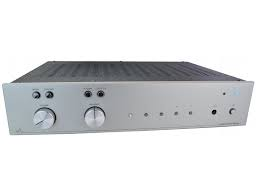
A preamplifier
Functions of Preamplifiers
1. A preamplifier serves dual purposes in home theater systems: it facilitates the selection between various line-level audio sources and amplifies the audio signal before it is sent to the main amplifier. This process transforms weak electrical signals into stronger ones, which are more suitable for further processing, while also reducing noise and ensuring a cleaner output.
2. The primary role of a preamplifier is to extract the signal from the detector without degrading the original signal-to-noise ratio. To achieve this, the preamplifier is positioned close to the detector.
3. This type of preamplifier prepares the audio signal to prevent overloading within the amplifier and other components of the audio system. Occasionally, preamplifiers include tone controls that allow for the adjustment of treble and bass frequencies when necessary.
4. The preamplifier boosts the strength of weak excitation signals.
5. A preamplifier eliminates distortion and noise from raw electronic signals that originate from transducers and analog sensors, and then amplifies these signals.
6. The preamplifier first removes noise and interference from electronic signals and then amplifies the cleaned signals.
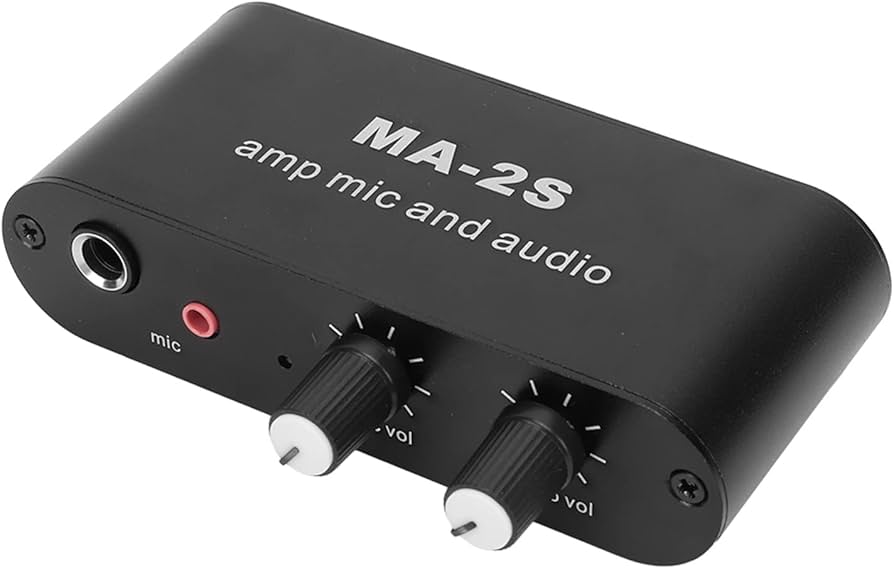
Audio Preamplifier
Applications of Preamplifiers
1. Preamplifiers are utilized to convert low-voltage, high-impedance signals into high-voltage, low-impedance signals, which are more susceptible to signal degradation if not amplified.
2. They are employed to boost electronic signals and improve the signal-to-noise (S/N) ratio before the signals are transmitted through cables to amplifiers.
3. Preamplifiers are essential in applications where the input signal is too small for a power amplifier to detect without an initial amplification stage.
4. They are primarily used in high-fidelity audio systems to support stereo channels and manage switching between various audio inputs such as CD players, digital media players, and FM tuners.
5. Preamplifiers provide RIAA equalization, which is crucial for the recording and playback of phonograph records.
6. In home theater systems, they are used to support a variety of audio channels.
7. Preamplifiers prepare the input audio signal for amplification in the subsequent stage, making them a vital component in any audio system.
8. They are used at the receiver end of communication systems to eliminate noise and interference from the received signals.
9. Preamplifiers are often used with transducers and analog sensors, such as proximity sensors and microphones, to increase their output signal strength.
10. They are also utilized in devices like equalizers, sound cards, and DJ mixers to enhance audio signal quality before further processing or amplification.
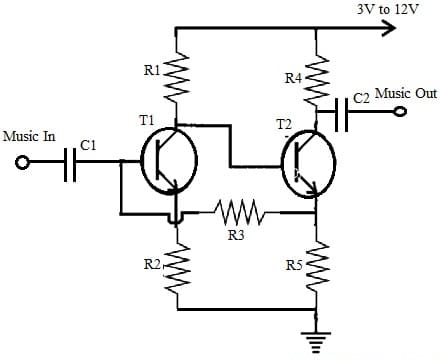
Preamplifier Circuit
Types of Preamplifiers
Let's discuss the three types of preamplifiers you've mentioned in more detail:
1.Current Sensitive Preamplifier
Operation:
Amplification of Current: Current sensitive preamplifiers are designed to amplify the current component of an audio signal. They use transistors, typically in a common-emitter configuration, to convert the input current into a voltage that can be further amplified.
Impedance Matching: These amplifiers can face challenges with impedance matching, which is crucial for maintaining signal integrity. Mismatched impedances can lead to reflections and signal loss, which is why these amplifiers may not be as effective at low frequencies where impedance matching is more critical.
Applications:
Data Acquisition Systems: Current sensitive preamplifiers are extensively used in the front-end electronics of data acquisition systems. They are capable of directly amplifying signals from sensors, which is essential for accurate data collection.
Vacuum Tube Amplifiers: These amplifiers were commonly used in older vacuum tube amplifiers. However, due to their potential for generating distortion, they may not produce the most natural sound quality.
Characteristics:
Low Noise: For high-energy resolution, these amplifiers need to have low noise characteristics to ensure that the amplified signal is not overwhelmed by noise.
Bandwidth: They need to have an appropriate bandwidth to handle the frequency range of the signals they are amplifying.
Gain: The gain of a current sensitive preamplifier must be adjustable to match the requirements of the subsequent stages of the system.
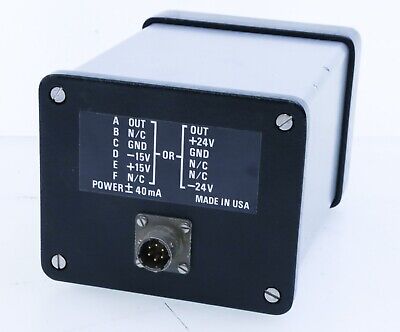
Current Sensitive Preamplifier
2.Parasitic Capacitance Preamplifier
A preamplifier with parasitic capacitance employs vacuum tubes and excels at lower frequencies. However, they are slower than current-sensitive preamplifiers. Commonly found in home audio systems, these preamplifiers are prized for their organic and warm sound quality, albeit at a higher cost than other options. The parasitic-capacitance preamplifier boasts a high input impedance, which allows the current pulse from the detector to be integrated with the parasitic capacitance present at the output of the detector and the input of the preamplifier. This combined capacitance typically falls between 10 to 50 picofarads.
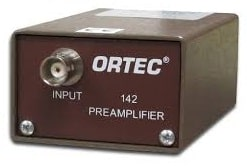
Parasitic Capacitance Preamplifier
3.Charge Sensitive Preamplifier
Preamplifiers that are charge-sensitive use transistors to boost the voltage of audio signals. Known for their swift response to signal processing, these amplifiers encounter some impedance-related issues. They excel at amplifying signals in the low-frequency range. Primarily used in audio equipment and home audio systems, these preamplifiers, while being on the pricier side, produce a standard sound quality. They are often the preferred choice for applications that rely on energy spectroscopy.
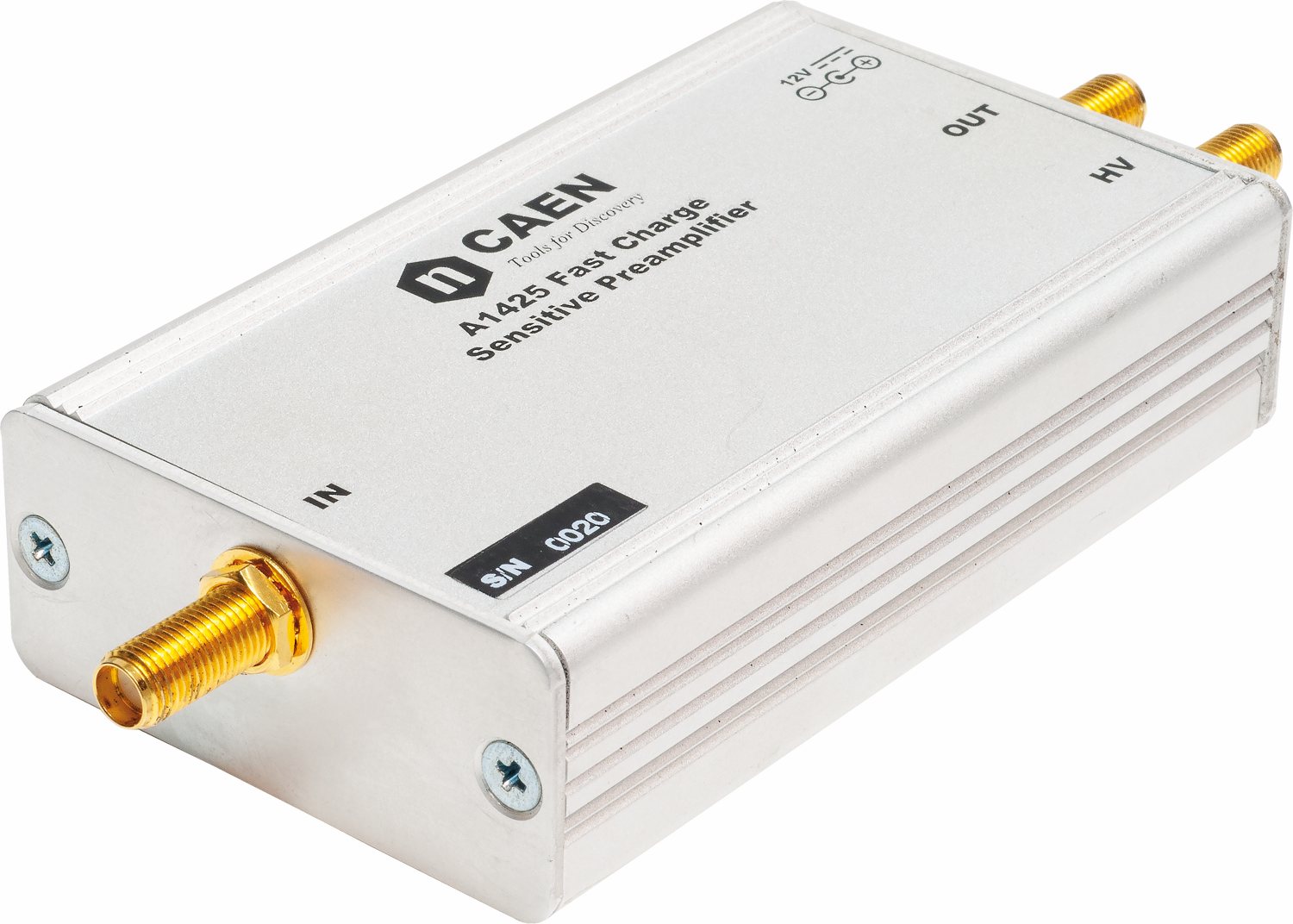
charge sensitive preampllifier
Frequently Asked Questions:
1. What does a preamplifier do?
A preamplifier, or preamp, is an electronic device that boosts weak input signals to a level that is strong enough for further processing or for driving power amplifiers and speakers. It ensures that the signal remains clear and free from noise, preventing distortion in the final output.
2. What are the three types of preamplifiers?
The three main types of preamplifiers are:
Current-Sensitive Preamplifier:These amplify signals based on current and are known for their fast response.
Parasitic-Capacitance Preamplifier:Utilizing vacuum tubes, these are effective at lower frequencies and are known for their warm, musical sound.
Charge-Sensitive Preamplifier: These use transistors to amplify voltage and are effective at low frequencies but can have impedance issues.
3. What is the difference between an amplifier and a preamplifier?
An amplifier provides the power needed to drive speakers or headphones, while a preamplifier conditions the signal by bringing it to an appropriate line level, offering volume/gain control, and acting as a central control for the audio system. Both are necessary for optimal sound quality.
4. How do I choose a preamplifier?
4.1 The output voltage of your source device (e.g., most standard CD players output 2 volts).
4.2 The input sensitivity required by your amplifier (most amplifiers need around 1 volt).
5. What are the advantages of a preamplifier?
Preamplifiers designed for headphones amplify signals to provide the necessary power and lower impedance for headphones. They also offer features like volume control, balance, and crossfeed, which enhance sound quality and listening comfort for headphone enthusiasts.
6. What makes a good preamplifier?
A good preamplifier is determined by its physical design, user-friendliness, and most importantly, the quality of its circuit design, including amplification and power supply circuits. A well-designed power supply, for instance, can significantly enhance performance.
7. How to choose a preamplifier?
Choose a preamplifier that excels at the basics, includes any additional features you need, and avoids unnecessary complexity that could compromise sound quality.
8. What is a low-noise preamplifier?
A low-noise preamplifier is an electronic device designed to amplify weak signals while adding minimal noise. They are essential in applications where signal integrity is critical, such as communication systems, radar systems, and medical devices.
JMChip Electronics, a company that collaborates with various manufacturers, supplies a broad range of electronic components including semiconductors, antennas, capacitors, connectors, diodes, integrated circuits (ICs), and resistors. This article has been brought to you by JMChip Electronics.
Subscribe to JMChip Electronics !



















